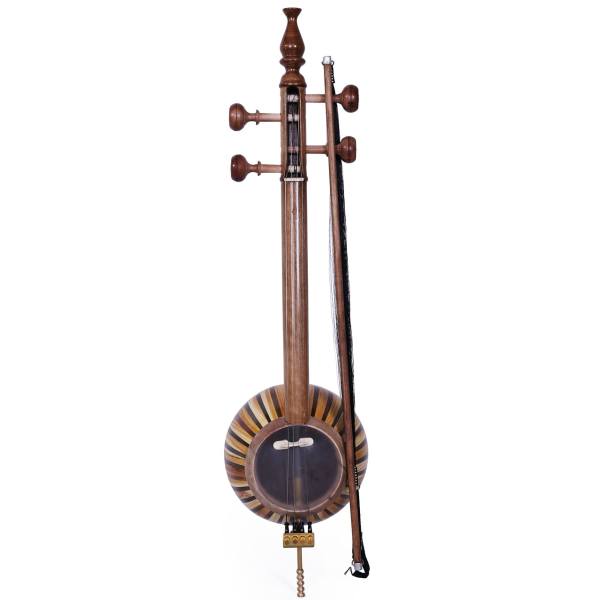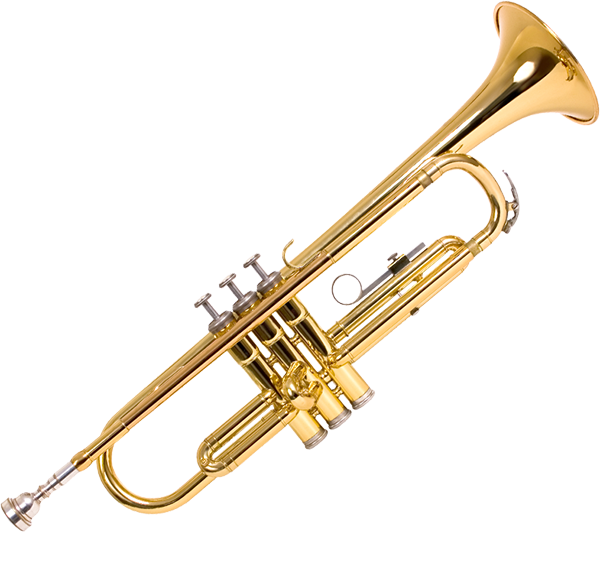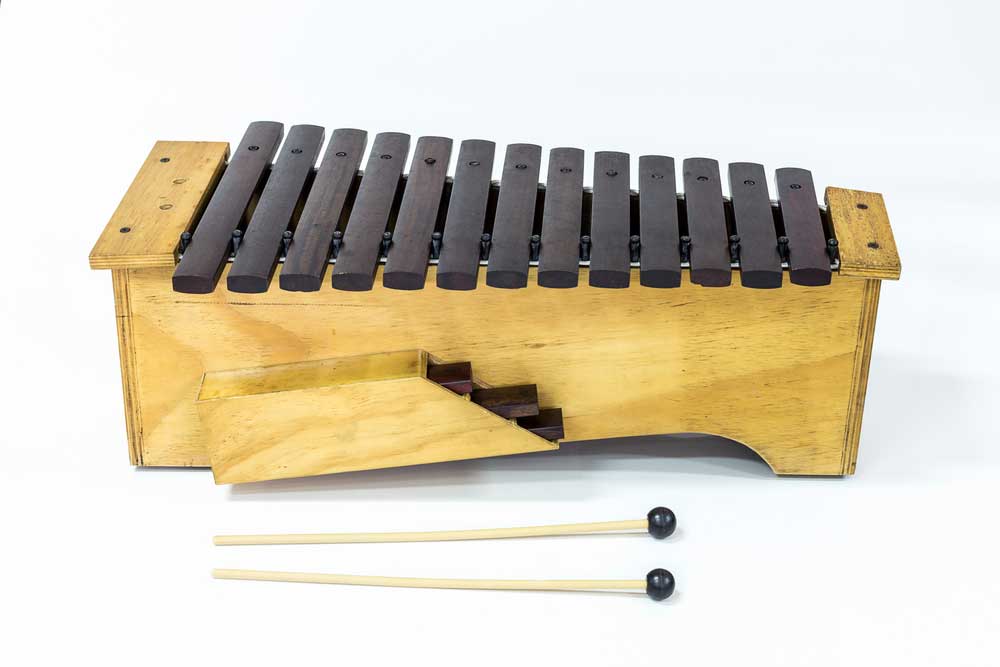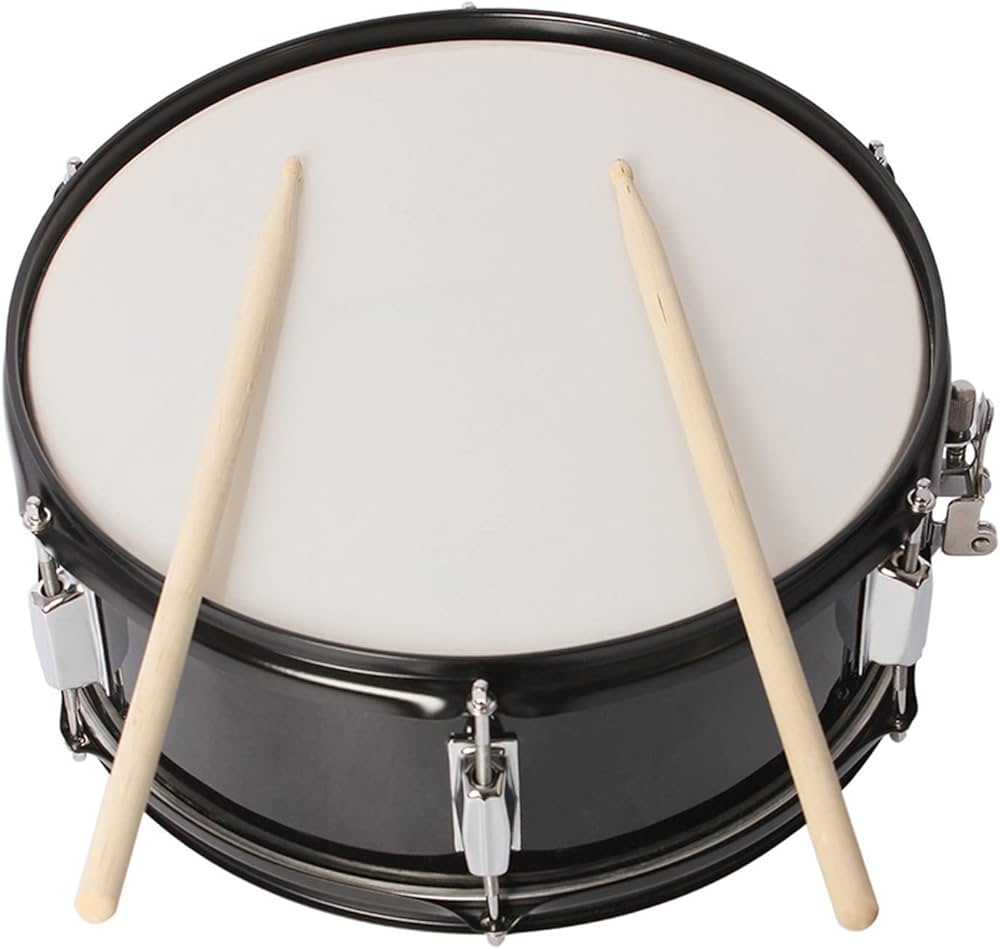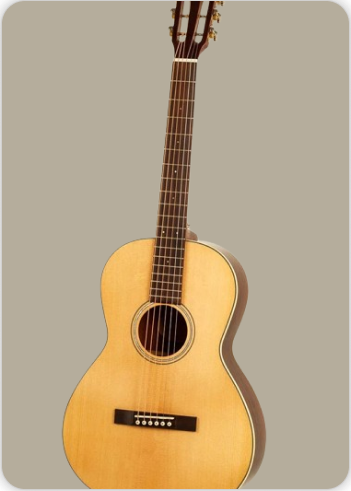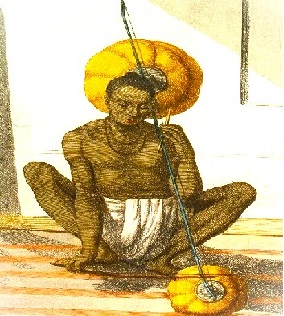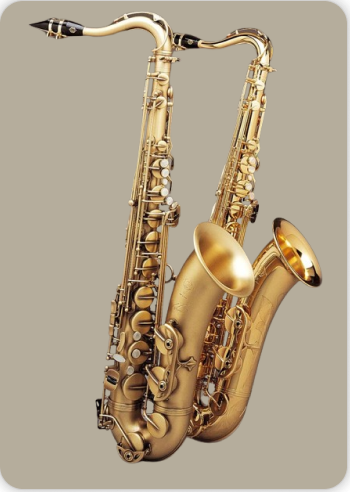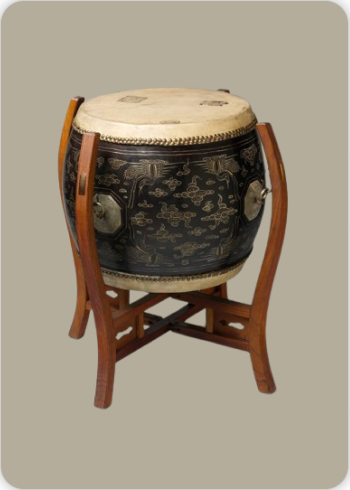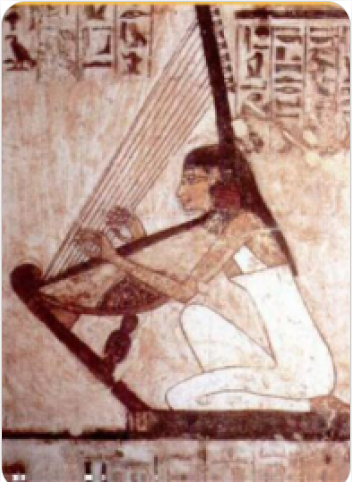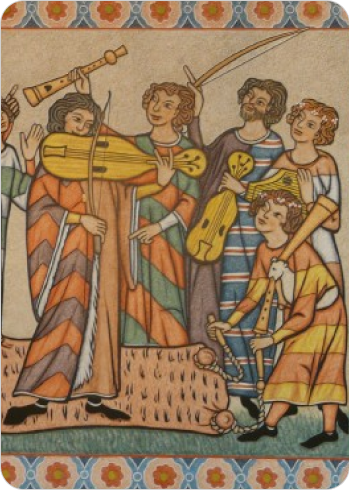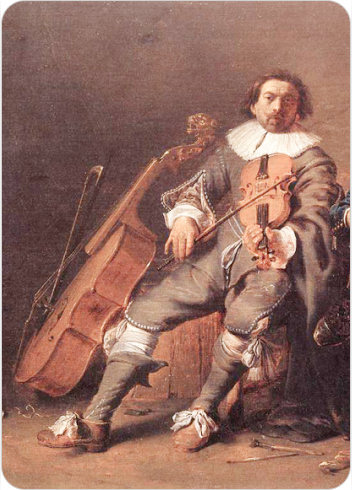Pinaka vina
Bowed Instruments
Asia
Between 0 and 1000 AD
The Pinaka vina is a captivating musical instrument from India that is unique in the country’s rich musical heritage. Known for its distinctive sound and historical significance, the Pinaka vina is a string instrument that has evolved over centuries, reflecting the cultural diversity of India.
What is the Pinaka Vina?
The Pinaka vina is a traditional Indian string instrument that is classified as a bowed musical bow. It is characterized by its simple yet effective design, which allows musicians to produce a wide range of sounds and tones. The instrument typically consists of a long wooden stick or bow with a single string stretched along its length. The musician plays the Pinaka vina by drawing a bow across the string, creating resonant sounds that can evoke various emotions. The term “vina” itself refers to a family of stringed instruments in Indian classical music. The Pinaka vina is considered one of the ancient forms of the vina and has been mentioned in various historical texts. It is distinct from other types of veenas, such as the Rudra veena or Saraswati veena, which have more complex structures and multiple strings.
History of the Pinaka Vina
The origins of the Pinaka vina can be traced back to ancient India, with references in texts dating back to around 1000 BCE. It is believed to have originated on the Indian subcontinent and has been an integral part of Indian music for centuries. The instrument’s name is derived from “Pinaka,” which is associated with Lord Shiva’s bow in Hindu mythology. This connection to divine figures highlights the cultural and spiritual significance of the instrument. Throughout history, the Pinaka vina has undergone various transformations and adaptations, influenced by regional musical styles and traditions. In ancient times, it was primarily used in folk music and religious ceremonies. Over time, it gained popularity among classical musicians and was incorporated into various forms of Indian classical music. The Pinaka vina’s prominence peaked during the medieval period when it became a favored instrument among musicians in royal courts. However, with the rise of other instruments like the sitar and sarod in later centuries, its popularity began to decline. Despite this decline, efforts have been made to revive interest in this traditional instrument in contemporary times.
How It Works
The working mechanism of the Pinaka vina is relatively straightforward yet effective. The instrument consists of a long wooden stick or bow that serves as the main body. A single string is stretched between two points on this stick, allowing for tension adjustment to create different pitches. To play the Pinaka vina, musicians use a bow made from horsehair or other materials to stroke the string gently. This action produces vibrations that resonate through the body of the instrument, resulting in rich and melodic sounds. The pitch can be altered by adjusting finger pressure on the string or changing the angle at which the bow strikes it. The simplicity of its design allows for expressive playing techniques such as slides and bends, which are characteristic features of Indian classical music. Musicians can create intricate melodies by combining these techniques with rhythmic patterns.
Types of Pinaka Vina
While there may not be numerous distinct types of Pinaka vina like other instruments in its family, variations exist based on regional styles and playing techniques. Some notable types include:
Traditional Pinaka Vina: The classic form used primarily in folk music settings.
Contemporary Adaptations: Modern versions that incorporate additional features or materials for enhanced sound quality.
Regional Variants: Local adaptations that reflect specific cultural influences or playing styles.
Despite these variations, all forms of the Pinaka vina share common characteristics that define their sound and playing technique.
Features
The Pinaka vina boasts several distinctive features that contribute to its unique sound:
Single String: Unlike many other string instruments that feature multiple strings, the Pinaka vina typically has only one string, allowing for focused melodies.
Bowed Mechanism: The use of a bow creates a smooth and fluid sound that can be manipulated through various playing techniques.
Simple Design: Its straightforward construction makes it accessible to musicians at all skill levels.
Cultural Significance: The connection to Hindu mythology adds depth to its cultural importance within Indian music.
These features make the Pinaka vina an intriguing instrument for both performers and listeners alike.
Kind of Music Composed
The music composed using the Pinaka vina encompasses various genres within Indian classical music as well as folk traditions. Its expressive capabilities allow musicians to explore intricate melodies and improvisational styles characteristic of raga-based compositions. In classical settings, it can be used to accompany vocal performances or other instruments, providing harmonic support while also allowing for solo performances where musicians showcase their skills through improvisation. Folk music compositions often highlight regional themes and stories, making use of traditional scales and rhythms that resonate with local culture. The versatility of the Pinaka vina enables it to adapt to different musical contexts while retaining its unique sound.
Significance
The significance of the Pinaka vina extends beyond its musical capabilities; it represents an important aspect of India’s cultural heritage. As one of the earliest forms of string instruments in Indian history, it serves as a bridge connecting contemporary musicians with their ancient roots. In addition to its historical importance, efforts are being made to revive interest in traditional instruments like the Pinaka vina within modern musical contexts. Workshops and festivals celebrating folk traditions often feature performances with this instrument, highlighting its role in preserving cultural identity. Moreover, contemporary musicians have begun incorporating elements from various genres into their compositions using the Pinaka vina. This fusion not only keeps the instrument relevant but also introduces it to new audiences worldwide. As cultural preservation becomes increasingly important in today’s globalized world, instruments like the Pinaka vina play a vital role in maintaining connections to heritage while also evolving alongside modern musical trends.
FAQ
What is the historical significance of the Pinaka Vina?
The Pinaka Vina, an ancient Indian instrument, is associated with Lord Shiva in Hindu mythology. It represents divine music and is mentioned in various scriptures. It was used in classical and devotional music traditions. Its origins date back thousands of years.
What type of music is played on the Pinaka Vina?
The Pinaka Vina is traditionally used in classical Indian music, particularly Carnatic and devotional styles. Its sound is deeply resonant and ideal for meditative and spiritual compositions. It complements vocal renditions beautifully in traditional settings.
How does the Pinaka Vina differ from other Indian string instruments?
The Pinaka Vina is distinctive for its long neck and deep tonal quality. Unlike the sitar, it has fewer strings and a simpler structure. It is closely tied to religious symbolism and is less commonly used in contemporary performances, preserving its traditional essence.
 Links
Links
References
Other Instrument
Categories
